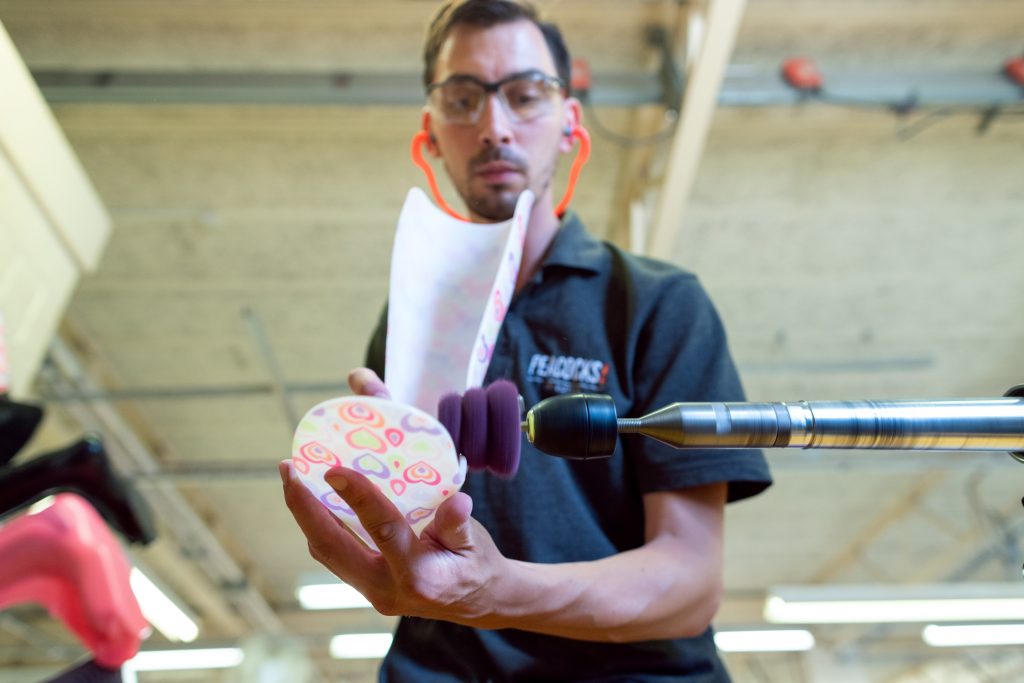
Several questions will come to your mind: when will I receive a prosthesis. How can I get a prosthesis and which prosthesis will I receive Manufacture of the Prosthesis. We want to provide you with comprehensive information on the next steps.
Your prosthesis generally fulfills many functions: on the one hand, it restores a large part of your mobility; on the other hand, by wearing a prosthesis. You also reduce or avoid postural problems and imbalances could result due to the missing weight of the amputated limb. It also avoids overloading your healthy member, which could lead to long-term problems. Speak to your orthopedic specialist immediately after the amputation: he will explain the whole fitting process to you.Manufacture of the Prosthesis Note: When you receive your prosthesis, and whether. You go for a provisional (temporary) prosthesis, depending on many factors. Your orthopedic specialist will give you detailed advice.
How can I get a prosthesis?
To obtain a prosthesis, contact a knowledgeable ortho-prosthetist. You are free to choose and to change suppliers in case of dissatisfaction. Manufacture of the Prosthesis In principle, you have already contacted them before the amputation or during your hospital stay. Our list of experts can help you find an experienced orthotist near you Pest Control Meerut.
When will I have a prosthesis?
When to get your prosthesis, whether or not to make a provisional (temporary) prosthesis. The healing and recovery process is different for everyone. Trust the advice of your doctor and orthopedic Manufacture of the Prosthesis technician, even if it takes patience. You will be able to use your prosthesis.
The following information applies as a guideline: Your orthopedic surgeon will examine your residual limb shortly after the amputation. Its will determine whether you need a provisional (temporary) prosthesis or not. Typically, after the wound is closed (which takes between two weeks and three months). Measurements of the residual limb are taken, and a temporary prosthesis is fabricated. You wear this temporary prosthesis for three to six months. It allows you to familiarize yourself with the prosthesis and helps the residual limb to develop its final shape. The process of making your final prosthesis can begin after this step, as the residual limb will have healed enough. You will be in good physical condition RO Service in Gurgaon.
What prosthesis will I get?
Factors that influence the choice of a suitable lower limb prosthesis for your situation include your physical condition and health. Level of amputation, your prosthesis requirements,Manufacture of the Prosthesis and your private and professional environment. Your orthotist will advise you on all of these aspects and work with you to select the appropriate components.
The alignment of a prosthesis
There are connecting elements between the components of the prosthesis, which serve to adapt. The height of the prosthesis and to perform other functions.
First, your orthopedic technician will select the components of the prosthesis with you according to your needs. After the correct fit of the socket has been obtained, after several fittings.And the components of the prosthetics near me have been selected, the socket and the components are assembled. Your orthopros thetist uses the results of the clinical examination and the fitting manual to align the prosthesis. \. Using technical equipment such as posture, the orthopros thetist checks the alignment of the prosthesis and adapts.It even more precisely to your requirements. Then you can take the first steps with your new prosthesis.
The temporary prosthesis
You wear this provisional prosthesis, made for you by your orthotics and prosthetics near me. Until you receive the final prosthesis (definitive prosthesis). A temporary prosthesis can have a positive influence on the treatment process. This allows you to partially load the residual limb early on and start with the initial walking and balance exercises. However, a temporary prosthesis is not suitable for all levels of amputation. In principle, your doctor, your physiotherapist, and your orthopedic technician will decide together if this is an option for you.
The definitive prosthesis
After a provisional prosthesis, you receive a perfectly adapted final prosthesis. As soon as the volume changes of the residual limb have stabilized, to allow the fabrication of a final socket, your definitive prosthesis will be fabricated for you.
Other walking aids
You may need other walking aids, such as canes, crutches, and walking frames, depending on your physical condition. Many amputees also use a wheelchair. You can get all of these at the hospital or from a medical supply company. Your orthopedic technician or your contact person at the hospital can help you. They can also advise you on possible additional adaptations to make in your home.
The components of a prosthesis
A lower limb prosthesis consists of various elements: a socket, afoot, connecting elements (adapters), and, in many cases, an aesthetic covering.
The prosthesis may have an aesthetic coating, made of foam in most cases. The shapes prosthetics near me and sands the foam to give it as natural a shape as possible. In addition, special protectors are also available for the microprocessor-controlled knees, which protect them from shocks and wear and restore the volume of the leg.
The alignment of a prosthesis
When to get your prosthesis, whether or not to make a provisional (temporary) prosthesis. The healing and recovery process is different for everyone. Trust the advice of your doctor and orthopedic Manufacture of the Prosthesis technician, even if it takes patience. One thing is certain, however: the better your residual limb is prepared for wearing a prosthesis. You will be able to use your prosthesis.
The following information applies as a guideline: Your orthopedic surgeon will examine your residual limb shortly after the amputation. Its will determine whether you need a provisional (temporary) prosthesis or not. Typically, after the wound is closed (which takes between two weeks and three months). Measurements of the residual limb are taken, and a temporary prosthesis is fabricated. You wear this temporary prosthesis for three to six months. It allows you to familiarize yourself with the prosthesis and helps the residual limb to develop its final shape. The process of making your final prosthesis can begin after this step, as the residual limb will have healed enough. You will be in good physical condition again.




